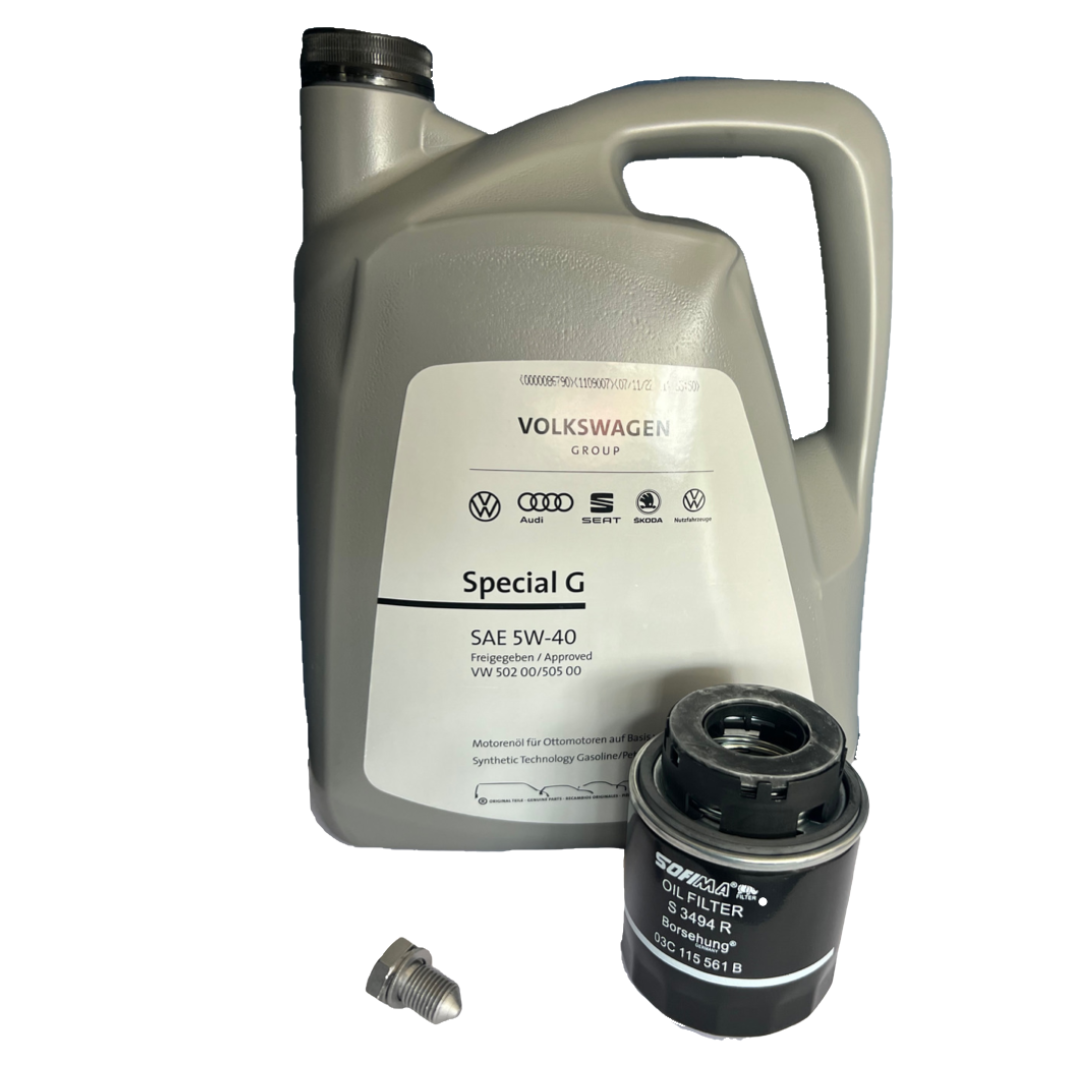Avoid operational issues with a well-tuned clp engine.
Avoid operational issues with a well-tuned clp engine.
Blog Article
Exactly How a Clp Engine Can Boost Efficiency in Numerous Industries
The introduction of CLP engines notes a substantial shift in functional efficiency across various fields, driven by their capability to optimize gas consumption and decrease downtime. Industries such as manufacturing and logistics stand to get significantly from their robust layout and consistent power outcome, which assure to simplify operations and enhance productivity. As companies increasingly focus on sustainability alongside performance, the duty of CLP engines comes to be much more vital. What continues to be to be seen is how these innovations will form the future landscape of commercial procedures and their influence on wider economic trends (clp engine).
Overview of CLP Engines
CLP engines, or Continuous Fluid Propellant engines, stand for a significant innovation in propulsion technology, particularly for area applications. These engines utilize a continuous feed system that enables for the continual expulsion of propellant, resulting in boosted efficiency and efficiency contrasted to typical solid or hybrid propulsion systems. By preserving a consistent circulation of liquid propellant, CLP engines can achieve extra precise thrust control, which is crucial for navigating spacecraft in numerous objective situations.
The design of CLP engines incorporates innovative products and ingenious gas monitoring systems. clp engine. This leads to lowered weight and increased dependability, essential factors for long-duration area missions. The continuous operation lessens the danger of burning instability, a common obstacle in standard rocket engines.

Advantages in Manufacturing
The production of Continual Liquid Propellant (CLP) engines offers a number of remarkable advantages that enhance both effectiveness and cost-effectiveness. One of the main advantages is the structured manufacturing procedure, which reduces the intricacy connected with typical propulsion systems. By utilizing liquid propellant, producers can achieve better accuracy in engine performance, leading to maximized energy output and lowered waste.
Furthermore, CLP engines assist in a greater level of modularity, allowing for easier combination into numerous manufacturing lines. This flexibility can significantly lower preparations and improve total operational flexibility. Using CLP innovation additionally has a tendency to decrease the demand for comprehensive upkeep as a result of less relocating components, which translates right into reduced downtime and functional expenses.

Applications in Logistics
Leveraging Continual Liquid Propellant (CLP) engines in logistics supplies considerable benefits in functional performance and dependability. These engines provide a robust option for different transport needs, making it possible for the smooth motion of products throughout vast ranges. The intrinsic layout of CLP engines allows for regular power output, which equates into smoother and much more predictable transportation timetables.
Among the key applications of CLP engines in logistics remains in durable freight transport, where they can drive both ground and aerial automobiles. Their capability to preserve high performance under differing load problems guarantees that distribution timelines are satisfied, thereby enhancing customer contentment. Additionally, CLP engines can be integrated right into automated logistics systems, assisting in real-time monitoring and maximizing path planning.
Moreover, the longevity of CLP engines reduces upkeep downtime, permitting logistics business to optimize their operational capabilities. This is particularly useful in warehousing operations, where effectiveness in managing and transporting products is crucial. As logistics remains to progress, the integration of CLP engines stands for a forward-thinking technique that not just enhances efficiency yet also sustains the industry's growing demands for integrity and rate.
Effect On Energy Performance
Just How do Continual Liquid Propellant (CLP) engines enhance power effectiveness in transportation? CLP engines utilize a constant flow of fluid fuel, maximizing burning procedures and preserving a steady thrust outcome. This design minimizes energy losses related to typical combustion engines, where fuel shipment can vary and bring about inefficiencies.
The constant operation of CLP engines permits a more efficient thermal cycle, resulting in greater details impulse contrasted to traditional engines. clp engine. This equates to decreased gas usage for the exact same quantity of work done, substantially decreasing functional costs across different transport fields, including aviation and maritime sectors
Additionally, the capability of CLP engines to Click This Link maintain ideal performance under varying tons problems minimizes the need for regular velocity and deceleration, additionally boosting fuel performance. Improved energy efficiency not just adds to cost financial savings however likewise brings about reduce greenhouse gas emissions, straightening with international sustainability objectives.
Future Trends and Innovations
Emerging advancements in Constant Liquid Propellant (CLP) engine innovation guarantee to transform the landscape of transport effectiveness and sustainability. As industries pivot towards greener choices, CLP engines stand at the forefront, incorporating cutting-edge products and style methods that enhance efficiency while reducing environmental effect.
Among the most promising fads is the adoption of hybrid systems that integrate CLP engines with renewable resource resources. This synergy can maximize gas intake and minimize discharges, straightening with worldwide sustainability objectives. Moreover, developments in computational liquid characteristics (CFD) are promoting the style of more aerodynamically efficient engines, bring about decreased drag and enhanced fuel performance.
Moreover, the growth of smart monitoring systems is established to enhance operational a knockout post effectiveness. These systems utilize data analytics and IoT modern technology to optimize engine efficiency in real-time, making sure that the engines run within their most reliable parameters.
As research remains to explore alternative propellant formulations-- such as biofuels and artificial gas-- the future of CLP engines looks encouraging. By harnessing these developments, sectors can not only enhance their performance but likewise add dramatically to a cleaner, much more sustainable future in transportation.
Verdict
To conclude, CLP engines stand for a considerable innovation in efficiency throughout multiple industries. Their capability to maximize gas consumption and decrease functional costs, integrated with a continuous feed system, boosts page power result and functional integrity. The combination of innovative products and fewer moving components minimizes upkeep demands, while positioning with sustainability goals settings CLP engines as a pivotal technology for the future. Proceeded technology in this area guarantees more enhancements in performance and ecological performance.
Report this page